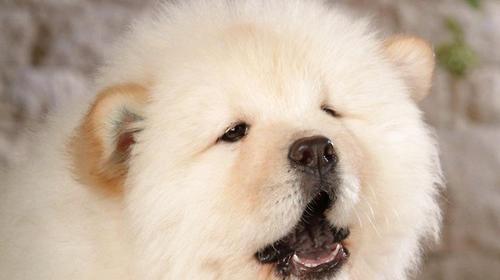
Observe the changes of urine, urine volume and smell.
The dog's urine output, urine color and smell can well reflect the dog's physical condition. Some normal factors may cause certain changes or abnormal phenomena in urine. But in most cases, if the dog's urine has an unusual problem, it's probably the dog's body.
< strong > first, urine volume < /strong >
Normal urine output is influenced by food composition, water consumption, environment, body size and exercise. A healthy dog's daily urine output is almost 0.5-1L, which varies greatly from individual to individual. Therefore, it is necessary to judge whether the dog's urine output is abnormal according to the dog's usual urine output.
< strong > second, color < /strong >
The urine of healthy dogs is usually pale yellow and transparent. It is closely related to their diet and water intake. Sometimes the color of urine may change because of taking drugs. The urine is red and turbid, and there is a red precipitate after standing, which is hematuria. It is common in bladder stones, nephritis, renal failure, cystitis, urethral stones, urinary tract bleeding and so on. The urine is red and transparent, and there is no precipitation after standing. It is hemoglobin, which is common in hemolytic diseases, such as canine hematocystitis and onion and scallion poisoning. The urine is yellow, brown and transparent, and contains bilirubin or urobilinogen, which is found in hepatobiliary diseases; The urine is milky white, which can be seen in suppurative inflammation of kidney and urinary tract.
< strong > third, smell < /strong >
Normal dog urine also smells, and the smell will change under pathological conditions. If there is ammonia odor, it may be cystitis decomposing bacteria decomposing urea or metabolic acidosis; The rotten smell is caused by the decomposition of a large amount of protein when bladder and urinary tract collapse, necrosis or suppurative inflammation.
< strong > iv. specific gravity < /strong >
The proportion of normal dog urine is 1.018-1.060. Under physiological conditions, the increase of urine proportion can be seen in dog drinking too little water, high temperature, decreased urine output, etc. Under pathological conditions, all diseases with oliguria, such as febrile diseases, constipation, and diseases that dehydrate the body, will increase the proportion of decreased urine output. In addition, cystitis, acute nephritis, diabetes and other diseases will also increase the proportion of urine. If the proportion of urine decreases to hypoosmotic urine, it is common in chronic nephritis, uremia, diabetes insipidus and so on.
